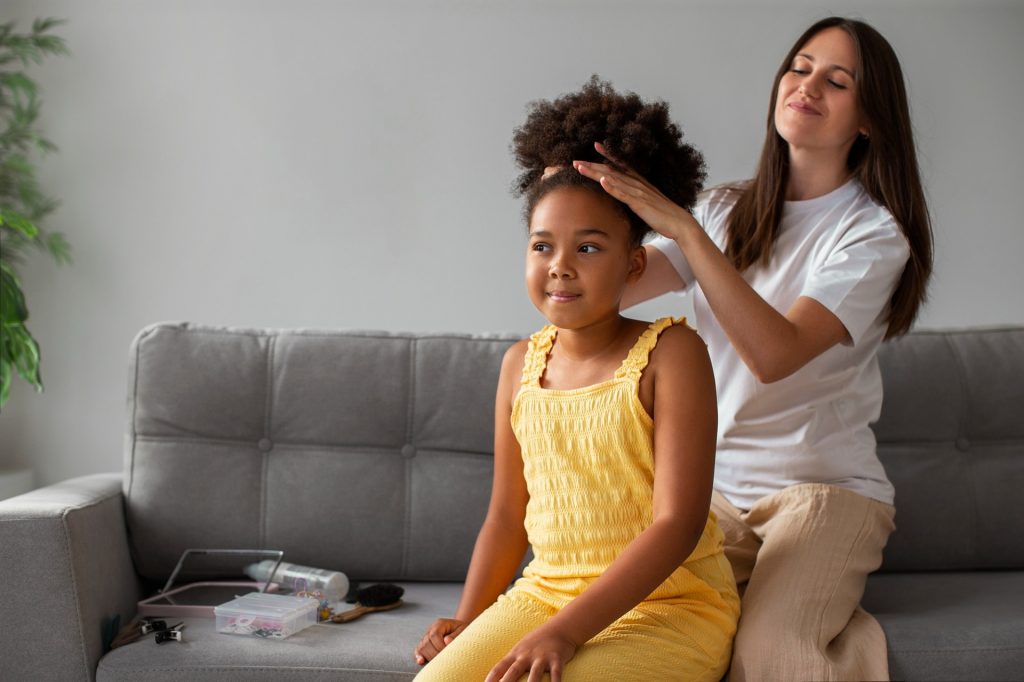Dyadic Developmental Psychotherapy (DDP) is an evidence-informed, relationship-focused therapeutic model designed to support children who have experienced trauma, neglect, or disrupted attachment. Developed by Dr. Dan Hughes, DDP helps children feel safe, connected, and emotionally supported through a therapeutic process that actively includes their caregivers.
Used internationally in clinical, educational, and care settings, DDP has become a highly regarded framework for working with children and families where early experiences have impacted trust, behaviour, and emotional regulation.
The Foundations of DDP
Origins and Development
DDP was developed in the United States in the 1990s by clinical psychologist Dr. Dan Hughes. It arose from his work with children in foster care and adoptive families—many of whom displayed symptoms of developmental trauma. These children often struggled with emotional regulation, mistrust of adults, and behaviour that was difficult to manage through traditional therapy approaches.
DDP integrates principles from attachment theory, developmental psychology, neurobiology, and trauma-informed care. The focus is not just on behaviour, but on repairing disrupted relationships and helping children develop the capacity to trust and connect.
What is PACE?
At the heart of DDP is the PACE attitude—Playfulness, Acceptance, Curiosity, and Empathy. These four elements guide the therapist’s and caregiver’s approach, helping children feel safe, valued, and emotionally held.
- Playfulness helps lighten moments and build connection
- Acceptance offers unconditional positive regard, even in difficult behaviours
- Curiosity invites exploration of feelings and experiences without judgement
- Empathy shows deep understanding and care for the child’s inner world
PACE is not just a technique—it’s a way of being with children that fosters emotional healing and secure attachment.
How DDP Works in Practice
A Relational and Attachment-Focused Approach
Unlike many therapy models that focus on the individual child, DDP involves both the child and a caregiver in the session. The therapist works to create a safe, emotionally attuned space where the child can begin to explore difficult feelings and experiences—while also supporting the caregiver to respond with sensitivity and connection.
Sessions are structured to prioritise safety, attunement, and emotional co-regulation. Children are gently guided to reflect on their experiences, understand their emotions, and reframe their perceptions of themselves and others.
Professionals interested in integrating this approach into their practice often begin by attending ddp pace workshops, which offer practical, experiential training in how to use these relational principles in therapeutic or support work.
Therapeutic Goals of DDP
DDP is designed to:
- Build trust and relational safety
- Help children process and make sense of traumatic experiences
- Reduce shame, anxiety, and behavioural dysregulation
- Strengthen the caregiver-child bond through co-regulated emotional experiences
Over time, children develop a more secure sense of self, increased emotional resilience, and stronger attachment to their caregivers.
Who is DDP For?
DDP is especially beneficial for:
- Children with histories of early trauma, neglect, or abuse
- Young people in foster, kinship, or adoptive care
- Families experiencing attachment challenges
- Caregivers who feel stuck, disconnected, or overwhelmed in their parenting role
It is widely used in mental health services, residential care, education, and early intervention programs that support children with complex emotional and behavioural needs.
What Does DDP Training Involve?
Levels of Training
DDP training is typically delivered in two core stages:
- DDP Level One – A four-day introduction to the DDP model, PACE, and core therapeutic techniques
- DDP Level Two – A follow-up four-day course focusing on deeper clinical application, case work, and reflection
Further certification involves ongoing supervision and consultation with an accredited DDP consultant, along with practical implementation in clinical settings.
Who Can Train in DDP?
While full DDP training is geared toward mental health professionals (psychologists, counsellors, social workers, etc.), PACE-based workshops are also available for:
- Teachers and school wellbeing staff
- Foster and kinship carers
- Youth and community workers
- Allied health professionals
These workshops allow a wide range of professionals to incorporate relational, trauma-informed practices into their work with children and families.
What Makes DDP Different From Other Models?
DDP is unique because it:
- Actively includes the caregiver in the therapy process
- Focuses on building connection through co-regulation
- Uses the PACE stance to address shame, fear, and mistrust
- Helps children reframe their internal narrative with compassion and understanding
By placing the relationship at the centre of healing, DDP supports long-term emotional development and relational recovery.
Where to Access DDP Training in Australia
In Australia, DDP and PACE training is offered by providers like Compass Seminars Australia, which hosts workshops facilitated by certified international trainers. Their programs are designed to be practical, accessible, and relevant to professionals working with children, young people, and families impacted by trauma.
Whether you’re new to the model or looking to deepen your skills, these workshops offer a solid foundation in DDP principles and techniques.
Bottom Line
DDP offers a transformative way to work with children who have experienced early trauma or broken attachment. By focusing on relationship, trust, and emotional attunement, this model helps children feel safe enough to heal—and supports caregivers in reconnecting with them through empathy and understanding.
For professionals across therapy, education, and care, learning the principles of DDP and PACE can make a profound difference in how we support vulnerable children and their families.

